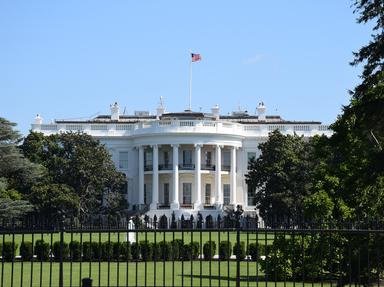
A Presidential Lineup Trivia Quiz
The United States has had multiple presidents since 1789. In this quiz, you must figure out in what order these presidents assumed their position.
This is a renovated/adopted version of an old quiz by author GeniusBoy
An ordering quiz
by Buddy1.
Estimated time: 3 mins.